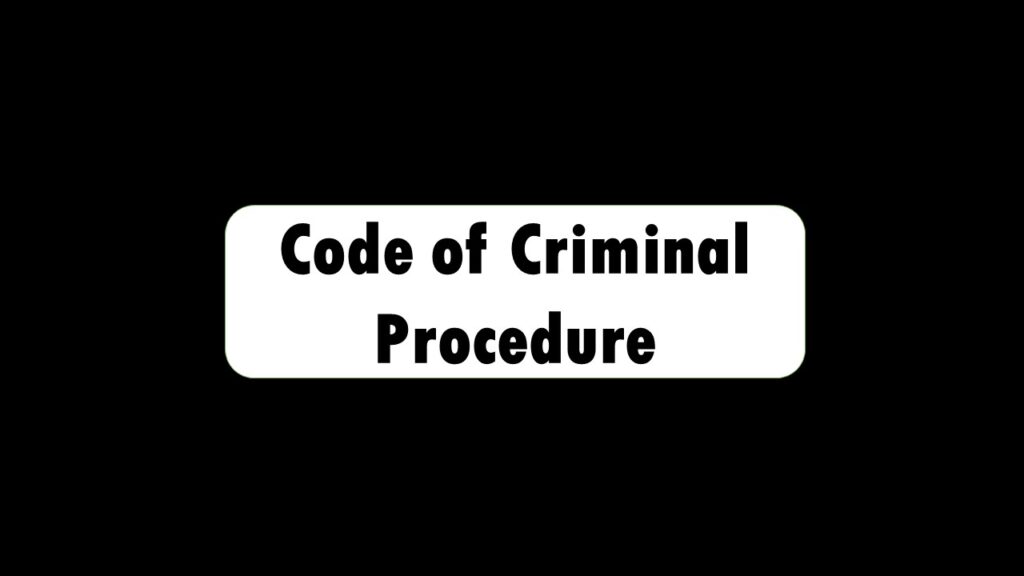Vishal Rajendra Jadhav And Ors vs. The State of Maharashtra [Criminal Appeal No. 1265 of 2011]: Bombay High Court
Magistrate can charge accused for less grave offences despite charge sheet being having been filed for graver offence
3. It is quite clear that, in deciding
whether action shall be taken by him under sub-s. (2) or sub-s. (3) of s. 251A
the Magistrate has to form an opinion whether there is any ground for presuming
that an accused has committed an offence triable under Chapter XXI or there is
no such ground. When his opinion is that there is ground for a presumption that
the accused has committed an offence punishable under Chapter XXI Which the
Magistrate is competent to try and which could be adequately punished by him he
shall proceed with the trial. But when he forms the opinion that there is no
ground for presuming that an offence punishable under Chapter XXI has been
committed by the accused his duty is to discharge the accused. The real
question is, when an order of discharge is made by the Magistrate in exercise
of the powers under sub-s. (2) of s. 251A is the discharge in respect of all
the offences which the facts mentioned in the police report would make out ?
The answer must be in the negative. When the Magistrate makes an order under s.
251A(2) he does so as, after having considered whether the charge made in the
police report of the offences triable under Chapter XXI is groundless he is of
opinion that the charge in respect of such offence is groundless; but the order
of discharge has reference only/to such offences mentioned in the charge-sheet
as are triable under Chapter XXI. It very often happens that the facts
mentioned in the charge-sheet constitute one or more offences triable under
Chapter XXI as warrant cases and also one or more other offences triable under
Chapter XX. The order of discharge being only in respect of the offences
triable under Chapter XXI does not affect in any way the position that charges
of offences triable under Chapter XX also are contained in the police report.
4. But, says the learned counsel for
the appellant, the Magistrate cannot proceed- with the’ trial of these other
offences triable under Chapter XX because no cognizance has been taken of such
other offences. He contends that only after a fresh complaint has been made in
respect of these offences triable under Chapter XX that the Magistrate can take
cognizance and then proceed to try them after following the procedure
prescribed by law, This argument ignores the fact that when a Magistrate takes
cognizance of offences under s. 190(1)(b) Cr. P.C., he takes
cognizance of all offences constituted by the facts reported by the police
officer and not only of some of such offences. For example, if the facts
mentioned in the police report constitute an offence under s.
379 I.P.C. as also one under s. 426 I.P.C. the Magistrate can
take cognizance not only of the offence, under s. 379 but also of the
offence under s. 426. In the present case the police report stated facts which
constituted an offence under s. 332 I.P.C. but these facts
necessarily constitute also a minor offence under s. 323 I.P.C. The
Magistrate when he took cognizance under s. 190(1)(b) Cr. P.C. of the
offence under s. 332 I.P.C. cannot but have taken cognizance also of
the minor offence under s. 323 I.P.C. Consequently, even after the
order of discharge was made in respect of the offence under s.
332 I.P.C. the minor offence under s. 323 of which he had also
taken cognizance remained for trial as there was no indication to the contrary.
That being an offence triable under Chapter XX Cr. C.P. the Magistrate rightly
followed the procedure under Chapter XX.
24. Section 149 relates to constructive
criminal liability. It has its foundation on constructive liability which is
sine-quo-non for its operation. The emphasis is on the common object and not on
common intention where common object of an unlawful assembly is not proved the
accused cannot be convicted with the help of Section 149. It is settled
principle of law that Section 149 of IPC makes every member of an unlawful
assembly at the time of committing the offence guilty of the offences. The
Section creates vicarious liability for the unlawful acts committed pursuant to
the common object by any other member of the assembly. Thus once the Court
holds that certain accused formed an unlawful assembly and an offence is
committed by any member of that assembly in prosecution of the common object of
that assembly or such as the members of that assembly knew to be likely to be
committed in prosecution of that 19 of 27 cri.app-1265-2011.doc object, every
member of that unlawful assembly is to be held guilty of that offence. There is
distinction between common object and common intention……..
25. Section 149 reads as follows:
If an offence is committed by any member of an unlawful assembly in prosecution of the common object of that assembly, or such as the members of that assembly knew to be likely to be committed in prosecution of that object, every person who, at the time of the committing of that offence, is a member of the same assembly, is guilty of that offence.
26. On reading the aforesaid provision it is crystal
clear that every member of unlawful assembly is guilty of offence committed in
prosecution of common object. Unlawful assembly has been defined under Section
141 of IPC. As per the said provision, an assembly of five or more persons is
designated an “unlawful assembly” if the common object of the persons
composing that assembly is to commit the acts enumerated under the said penal
provision.
